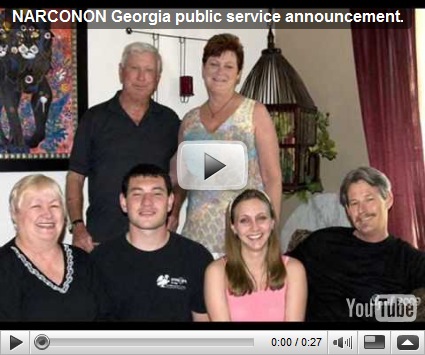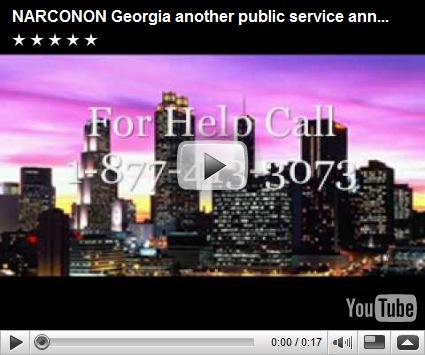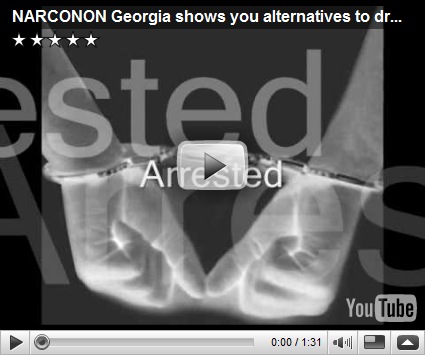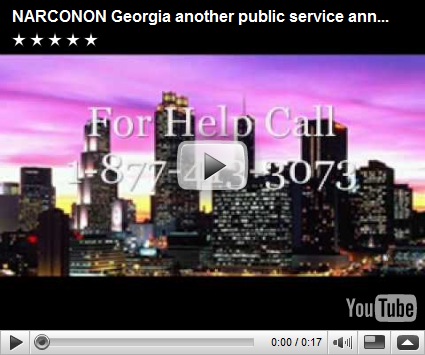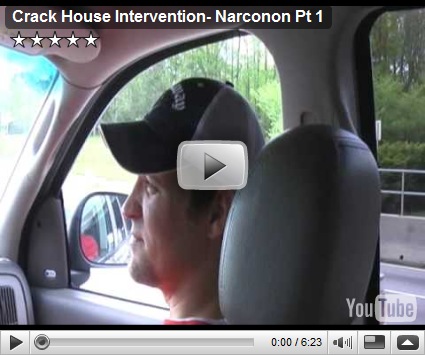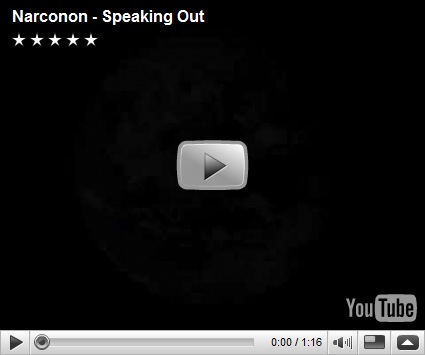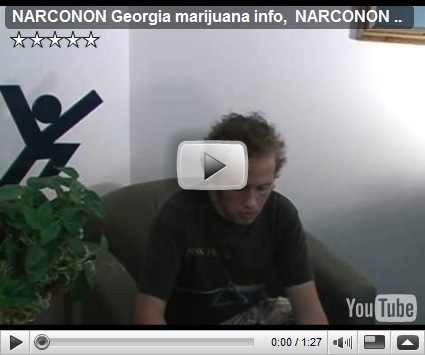TRILLIONS IN DEBT AND NO ONE SOBER ENOUGH TO PAY IT BACK
Obama and company can find a way to pour trillions into the economy and nobody can help watch after the kids? Certainly, an advocacy group that is trying to protect our kids from alcohol abuse is a group worth supporting. At the very least it should mean less expenditure of public funds on health issues due to alcohol abuse in the future.
Chances are that not only will the future generation be burdened with the huge debt we are creating for them now, many of them will be burdened with the alcohol addiction that started from watching commercials at an early age.
Narconon Drug treatment 877-413-3073
“In a move that has stunned members of the addiction community, the Center for Science in the Public Interest (CSPI) announced earlier this month that it has cut all of its Alcohol Policies Project staff except longtime director George Hacker, effectively ending the only full-time advocacy effort on alcohol policy issues on Capitol Hill.
Citing "extreme budget constraints," Hacker said in a letter to field colleagues that staffers Kim Crump, Christina Mott, and Aggie Fortune were laid off in mid-April. "Each of them has made long-standing substantial contributions to our advocacy work and I know they have been extremely valuable assets for the entire alcohol-prevention field," wrote Hacker on April 2. "No one will miss them more than I."
Hacker, who will continue to run the scaled-down Alcohol Policies Project, but also spend time working on unrelated CSPI programs, said that the group's advocacy on alcohol-tax issues and the Campaign for Alcohol-Free Sports TV would continue "at least for the present."
However, CSPI's advocacy work on issues like underage drinking will be severely curtailed. "The breadth of the project will be severely limited," said Hacker.
Judy Cushing, president and CEO of the Oregon Partnership -- a statewide community coalition that also has taken a leading role on national alcohol-advertising issues -- said she was "devastated" by the news of CSPI's downsizing. "Their policy work is critical in our efforts to continue to reduce underage drinking," she said.
David Jernigan, former head of the Center on Alcohol Marketing and Youth (CAMY), called CSPI's contributions "incalculable" and described the cutbacks as "a significant setback to the field."
CSPI founded the Alcohol Policies Project in 1982, and Hacker and his staff -- which has at times numbered as high as eight people -- have played a huge role as both industry gadfly and critic and advocates for higher alcohol taxes and greater controls on alcohol advertising to youth.
Ironically, the Alcohol Policies Project has been put on life-support at a moment when states and the federal government have started seriously considering increases in alcohol taxes (to close budget deficits and pay for national healthcare reform, respectively), and advocates are talking to a new administration in Washington that seems more receptive to calls for increased regulation than its recent predecessors.
"We've all depended on CSPI for a long time," said Michael Scippa, advocacy director of the Marin Institute. "This is kind of a wakeup call to advocates of all kinds that we may need to include more trips to Washington, D.C., in our travel plans."
Scippa said that CSPI's cutbacks created a "vacuum" in Washington. "The industry loves it," he lamented. That vacuum has been growing in the past year with the June 2008 shutdown of the Georgetown University-based CAMY and the elimination of more than half of the staff at Ensuring Solutions to Alcohol Problems, the George Washington University Medical Center program that focuses on screening and treatment availability for alcohol problems.
Eric Goplerud, Ph.D., director of Ensuring Solutions, called the news about CSPI "grim."
"After the great achievements to secure parity, screening and brief intervention (SBI), and overturning UPPL [laws] in many states, the field will need new policy leadership," said Goplerud. "Hazelden's new Policy Center and the Johnson Institute merger with them, Tom McLellan's nomination to the Office of National Drug Control Policy, the coalitions of the Whole Health Campaign and [Legal Action Center head] Paul Samuels' health reform work group will be the sources ... I am optimistic the leadership is arising."
In addition, the U.S. Centers for Disease Control and Prevention's National Center for Chronic Disease Prevention and Health Promotion recently solicited applications for a program that would fund monitoring of youth exposure to alcohol ads, similar to the work previously done by CAMY. And Scippa -- who said that Marin's funding base remains "very healthy" -- said that his group is currently looking for ways to increase its advocacy presence in the nation's capital.
"It's actually an interesting opportunity to organize when something like this happens," he said. "Groups need to pay more attention to the national level rather than just the local."
"Hopefully, the field will continue to be able to focus on these issues," said CSPI's Hacker, who noted that action on state alcohol taxes, for example, "has been happening on the local level and to a large degree without [CSPI]."
"With so many states in deficit and the federal government looking for hundreds of billions of dollars for healthcare reform, there is some hope for increases in taxes on alcoholic beverages
http://www.jointogether.org/news/features/2009/cspi-layoffs-latest-setback.html”

